
Our BEMA-seminars are co-organized by the Department of Archaeology at the New Bulgarian University and the Balkan Heritage Foundation.
They offer a platform - ‘bema’ (βῆμα) means in Greek orators podium - for seminars in Balkan and Eastern Mediterranean Archaeology, anthropology, heritage conservation and management, art history and museum studies. Topics from around the world are also welcome.
The seminars are free and open to the public. For zoom-link please check https://www.bhfieldschool.org/bema-online-seminars
You can watch records of most of our seminars on YouTube
Next seminar:
tba
Previous seminars:
You can watch records of most of our seminars on YouTube
* * *
Tides of Memory: Monitoring and Preserving Lagos’ Underwater Heritage
by Dr. Andreia Romão
President of the Neptune Search Association, dedicated to the protection and promotion of underwater cultural heritage
on Saturday, May 17, 2025
at 1 pm New York (EST), 6 pm London, UK (GMT), 8 pm Sofia, Bulgaria (EET)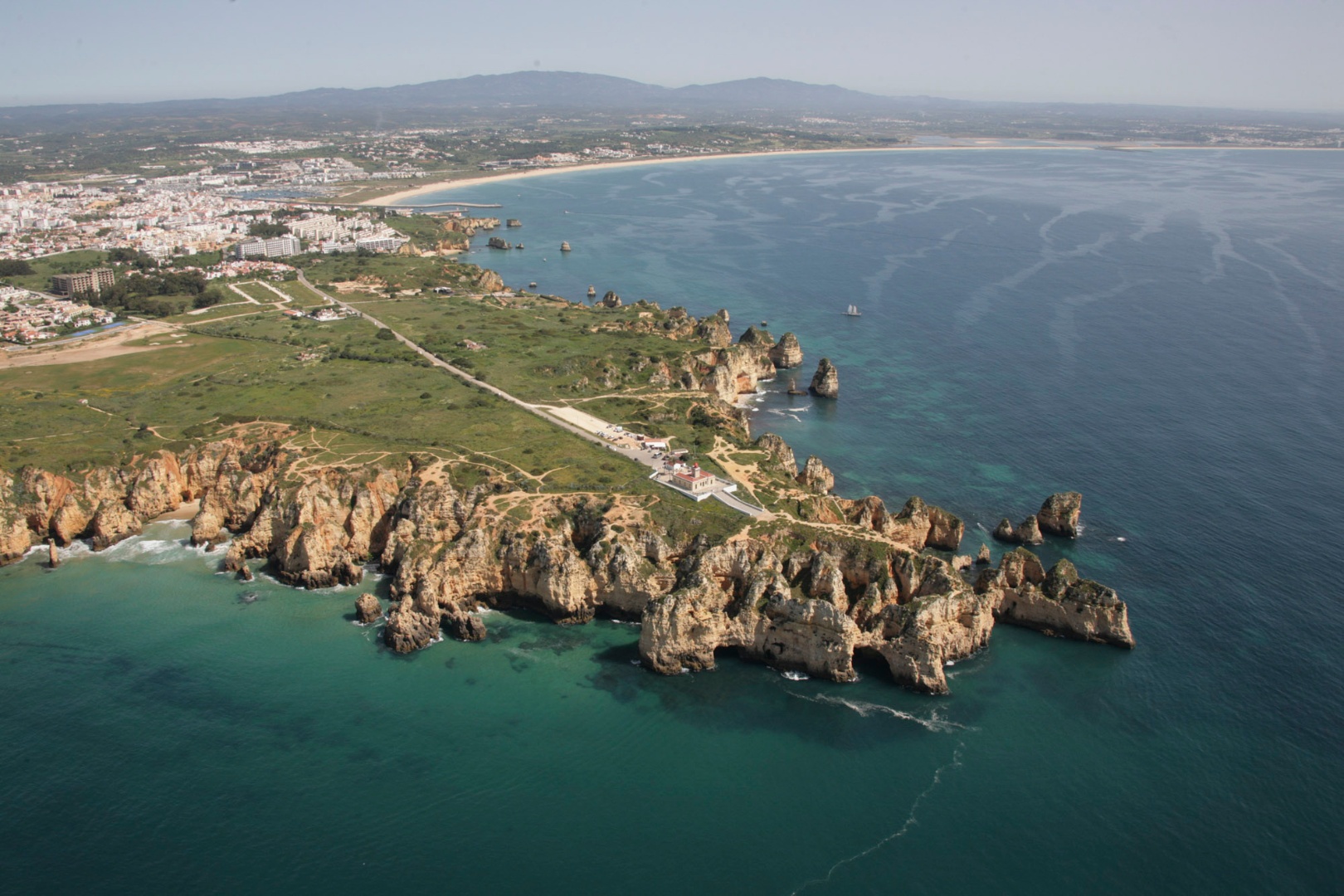
The coastal city of Lagos, located in the southwestern Algarve (Portugal), possesses a rich underwater cultural heritage shaped by over two millennia of maritime activity - from Roman anchorage points to early modern shipbuilding and World War maritime incidents. This presentation explores the scientific and civic strategy implemented by Neptune Search, a non-profit association founded in 2021 to safeguard Lagos’ submerged archaeological heritage through non-invasive conservation methodologies, environmental monitoring, and community engagement.
Archaeological interpretation is grounded in past mapping campaigns and typological identification of over 300 artefacts. Current efforts focus on validating and reassessing these sites, many of which are threatened by climate change, anthropic pressure caused by tourism, seabed disturbance, and insufficient public policy.
* * *
The Relationship between Skeletons, Trade, and Migration at the Ancient Greek Black Sea Colony of Apollonia Pontica (7th-3rd centuries BCE)
by
Dr. Katharine Kolpan
Assistant Professor at the Department of Culture, Society, and Justice at the University of Idaho
on Saturday, January 20, 2024,
at 1 pm New York (EST), 6 pm London, UK (GMT), 8 pm Sofia, Bulgaria (EET)
This presentation examines archaeological, historical, and osteological data related to the founding of the ancient Greek colony of Apollonia Pontica and its expansion as a Black Sea trade center. There are various lines of evidence for trade and other interaction between locals and foreigners but what is less certain is the role that immigration played in the colony’s expansion. As is evident from examining modern migrations, the presence of immigrants may cause friction with the local community, leading to violence, subjugation, and possibly systemic oppression. Previous bioarchaeological investigations from Apollonia Pontica show a small amount of existing oxygen isotope evidence that suggests some of the individuals buried in its necropolises are not local and may have come from the Aegean. Changes in burial customs over time may also indicate outside influence. Additionally, there is evidence of healed trauma among some of the individuals, though the relationship between migration and skeletal evidence of violence remains ambiguous, indicating how methods, such as isotope analysis and dental morphometrics, may shed light on whether migrants were more likely to assimilation or be victims of violence
* * *
Architecture of Power or the Power of Architecture – the Late Bronze Age Fortified Settlement of Bresto, Bulgaria
by
Prof. Dr. Phillip W. Stockhammer and Assit. Prof. Bogdan Athanassov
on Thursday, March 30, 2023
at 1 pm New York (EDT), 6 pm London, UK (GMT), 8 pm Sofia, Bulgaria (EET)
The Late Bronze Age site of Bresto is located on a small acropolis-like hill in the mountains of South-western Bulgaria, 125 km to the north of the Aegean coast. Despite its remote location, the site has yielded objects, as well as architectural features, that show it was far from isolated. In fact, it was probably well integrated into regional and over-regional networks as evidenced by the Aegean and other “foreign” objects that were appropriated and “translated” into the local context.
In this lecture, we will present the architectural remains and their significance in terms of power relationships. Furthermore, we will explore the role of architectural remains in the creation of socio-political realities at the end of the Late Bronze Age (1300-1200 BCE). This period is defined by the architectural heyday of the Mycenaean palaces, but also by the collapse of the most important polities in the entire Eastern Mediterranean.

* * *
The Episcopal Complex at Golemo Gradište, Konjuh, North Macedonia
by
Dr. Carolyn S. Snively
Professor Emeritus of the Department of Classics at Gettysburg College and Co-director of the Konjuh Archaeological Project
on Saturday, March 04, 2023
at
1 pm New York (EST), 6 pm London, UK (GMT), 8 pm Sofia, Bulgaria (EET)
The Episcopal Basilica, dated to the mid-6th century, appears to be a fairly standard three-aisle basilica, with an apse, narthex, a baptistry and associated rooms at the south, and other annexes at the west and north. Unusual features, however, include a kyklion in the apse, a very large presbyterium, two ambos, barriers between the nave and aisles, and an unidentified horseshoe-shaped structure in the nave.
The square building that connected the residence and basilica, perhaps constructed in the early 7th century, provided an atrium and main entrance to the basilica. The series of rooms along its east and west sides, with the exception of a kitchen, were stripped of furnishings and abandoned, leaving their function and that of the square building unknown.
Although medieval material has been identified at the site, and a literary source describes a town there in the third quarter of the 14th century, the Late Antique settlement was apparently abandoned and destroyed in the 7th century.
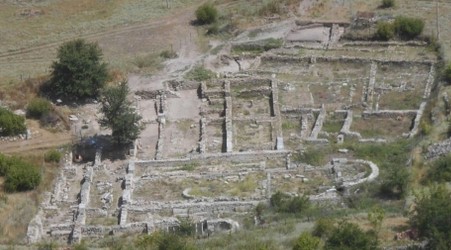
* * *
Life and Death in Ancient Southern Phokis, Greece
by
Dr. Andrew Koh
Associate Research Scholar in NELC and PI of the Yale Peabody Museum Ancient Pharmacology & Medicine Lab
on Saturday, December 03, 2022
at 1 pm New York (EST), 6 pm London, UK (GMT), 8 pm Sofia, Bulgaria (EET)
In 2018, a team of international scholars inaugurated the Southern Phokis Regional Project to investigate the cultural and natural environment of the Desfina Plain in Central Greece, motivated in part by the ongoing study of mainland interconnections with East Crete and the Levant during the dynamic Late Bronze - Iron Age transition in the eastern Mediterranean (Koh et al. 2020). The latest field season in 2022 built on that initial work and continues to draw upon a transdisciplinary blend of traditional, digital, and archaeometric methods to undertake a comprehensive archaeological, ecological, environmental, and ethnohistorical study of southern Phokis. The ongoing study of southern Phokis continues to support our contention that the high plain of Desfina was more than a pastoral hinterland supplying surrounding centers with livestock. Kastrouli itself was a major center that transformed the Desfina Plain with ambitious engineering, architectural, and transportation works projects such as large-scale hydrological drains, stone quarries, Cyclopean-built road terraces, and other features reminiscent of major Mycenaean centers such as Orchomenos and Tiryns. Interactions between the Desfina Plain and the sea - evidenced by the exchange of luxury goods such as decorated pottery and seafood - attest to a level of social complexity and interconnectivity underestimated in the past.
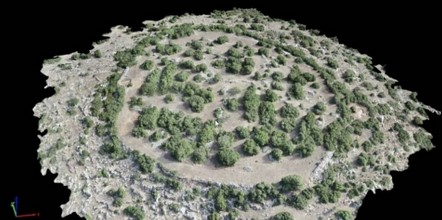
* * *
Immersive Technologies for Cultural Heritage
by
Stefan Palitov
Extended reality, film and cultural practitioner and researcher
on Saturday, October 15, 2022
at 1 pm New York (EDT), 6 pm London, UK (GMT), 8 pm Sofia, Bulgaria (EET)
The event will last approximately 90 mins including Q&A.
Тhis lecture will look into two aspects of applying augmented and virtual reality technologies for the dissemination and remediation of cultural heritage. First, it will explore the historical trajectory of storytelling and how various media have focused on the first-person perspective experience. As a result, contemporary immersive content is a modern iteration of these tendencies, rendered through the latest technology. It will further analyze virtual body adoption and the distinction between augmented, mixed, and virtual reality. Additionally, a basic overview of contemporary technologies will be conducted. The second part of the lecture will go over innovative practices in the cultural field. It will address a range of creative solutions, going into examples that give more insight into the dissemination, presentation, and engagement of cultural heritage through immersive technologies.
* * *
Attic pottery in ancient Thrace
by
Dr. Despoina Tsiafaki
Director of Research at "Athena": Research & Innovation Center in Information, Communication & Knowledge Technologies
on Saturday, June 04, 2022
at 1 pm New York (EDT), 6 pm London, UK (GMT), 8 pm Sofia, Bulgaria (EET)
The event will last approximately 90 mins including Q&A.
To register and receive a Zoom link, please go to:
https://www.bhfieldschool.org/bema-online-seminars/attic-pottery-in-ancient-thrace

Attic vases hold a prominent position within archaeological research and contribute significantly to pottery studies as well as other fields regarding the knowledge of the Past. Attic pottery achieved great popularity during the 6th-4th c. BCE with exports throughout the Mediterranean and the Euxeinos Pontos (Black Sea). Ancient Thrace was among the regions Attic vases were imported systematically and for a long period.
This lecture will deal with the published Attic painted pottery in ancient Thrace as it is presented through the results of the AtticPOT project (http://atticpot.athenarc.gr/index.php/en/). More than 5000 vases and fragments of Attic pots are collected in the AtticPOT repository, revealing the notable presence of the Athenian Kerameikos in the region and its consumption by the inhabitants. Distribution in apoikiae and other coastal and inland settlements, commercial and social networks, preferences, and function of these vases in the local societies will be among the discussed topics.
* * *
Burial Practices at the Roman and Late Roman Necropoleis of Stobi
by Dr. Silvana Blazhevska
National Institution Stobi, R. of N. Macedonia
on Saturday, May 07, 2022
The ancient city of Stobi located at the confluence of the rivers Axios and Erigon in the northern part of the Roman Province of Macedonia flourished from the time of Augustus until the late 6th or early 7th century when it was abandoned. The systematic excavations conducted at the site over the past 100 years have revealed a prosperous city with lavishly decorated public buildings, private residences and rich moveable finds which provided extensive data for its history, urban development and various aspects of everyday life.
Several burial sites were also excavated at different locations outside and within the city walls, providing evidence for the burial practices of ancient Stobenses. The majority date to the Roman and Late Roman periods, except for a small Hellenistic cemetery discovered below the Late Antique residences House of Peristeria and Domus Fullonica and a small medieval cemetery found above the Civil Basilica.
* * *
Sha'ar Hagolan Excavations and Their Impact on our Understanding of the Neolithisation Process in the Southern Levant
Julien Vieugué and Anna Eirikh-Rose
Permanent researcher at the French National Centre for Scientific Research (CNRS), Permanent researcher at the Israel Antiquities Authority (IAA)
on Saturday, April 02, 2022
at 1 pm New York (EDT), 6 pm London, UK (GMT), 8 pm Sofia, Bulgaria (EET)
To register your interest and receive a Zoom link, please RSVP to bhfs.admissions@gmail.com
(Please do check your spam/junk inbox if you do not receive a confirmation email within a day.)
The Neolithic period represents a decisive stage in the history of the Levantine populations and the Pottery Neolithic period appears to be the culmination of this transformation and, with the introduction of widespread use of pottery vessels, can be considered as another step in Neolithic Revolution. Nonetheless, the beginning of the Pottery Neolithic was one of the lesser-known periods in the Southern Levant. The discovery and intensive excavation of the Early Pottery Neolithic site at Sha’ar Hagolan make important contributions to our understanding of the Neolitisation processes. Because it includes exceptionally well-preserved stratigraphic layers dating of the PPN-PN transition (6700-5900 cal. BC), the site represents a key open-air settlement for reconstructing the history of the earliest potter's communities in the southern Levant. Between 1989 and 2004, Yosef Garfinkel carried out a 3000 sq. m excavation aiming to explore the last occupation phases of the village (6200-5900 cal. BC) and revealed the existence of real living quarters separated by streets, upsetting our knowledge regarding the social organization of the Yarmukian communities at the end of the 7th millennium cal. BC. The current excavation project concerns the early occupation phases of the Neolithic village (6700-6200 cal. BC). The main objective is to identify the origin of the first potters' groups who lived in the Jordan Valley.

* * *
The Byzantine Legacy
by
David Hendrix
Historian & Founder of the Byzantine Legacy website
on Saturday, March 05, 2022
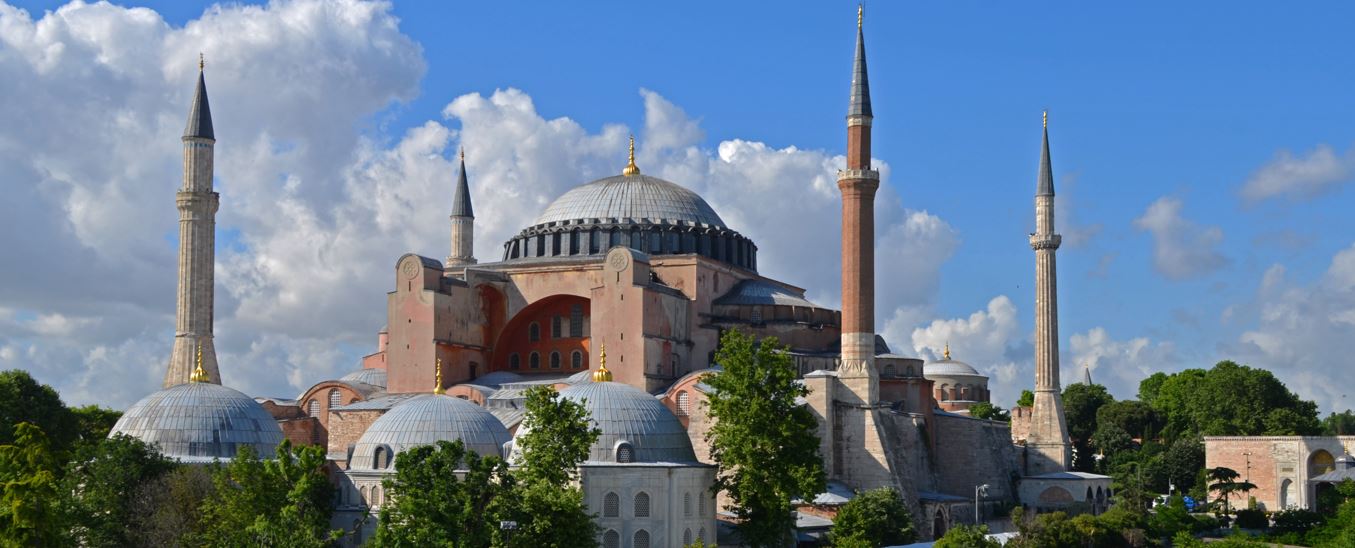
The Byzantine Legacy project was created with the aim of providing accessible information on the Byzantine monuments of Istanbul. It consists of a website, social media, and a photo archive.
At the beginning of the project in 2015-2016, most of the Byzantine monuments in Istanbul did not have information boards. Many other aspects of Byzantine heritage, such as numerous Greek and Latin inscriptions, were also not accessible to the public. The Byzantine Legacy project includes a website with individual web pages on the monuments of Istanbul, including its land and sea walls, individual churches, palace ruins, and many cisterns. Each page has text summaries on individual monuments, primary sources, translations, recent photos, historic images, plans, and pictures of artifacts from the site. There are also numerous maps based on categories, such as the Byzantine churches of Istanbul, sites in the hinterland of Constantinople, sites in Bithynia, and so forth. While the project currently focuses on Istanbul, there are many other cities, sites, and monuments on the website as well, which will be developed in the future.
* * *
Tell Yunatsite, Souhtern Bulgaria. Recent Excavations and New Insights on the Chalcolithic in Thrace
by
Dr. Kamen Boyadzhiev,
National Archaeological Institute with Museum, Bulgarian Academy of Sciences
on Saturday, February 05, 2022

The prehistoric tell at Yunatsite in the Maritsa River valley (Southern Bulgaria) is among the biggest tell-sites in the Balkans. During large-scale excavations, a Medieval cemetery, fortifications from the Roman period, and layers from the Iron Аge, Early Bronze Age and Chalcolithic have been revealed.
The studies in the last years are concentrated on the thick Chalcolithic layer, which covers most of the 5th millennium BCE. They reveal a complex settlement and social structure. Long-distance trade and craft specialization have been attested. The copper tools and pottery crucibles suggest local metallurgical production, while a small golden bead dated to the mid-5th millennium BCE is one of the earliest golden artifacts known so far. The final Chalcolithic settlement was destroyed by an enemy attack around 4200 cal. BCE and provides important evidence for the end of the Copper Age cultures in the Balkans.
The presentation highlights the most interesting results from the latest excavations and their significance for understanding the cultural processes, technological innovations and social dynamics in the 5th millennium BCE Balkans.
* * *
The Kitten Shipwreck and Ottoman Period Shipbuilding and Seafaring on the Western Black Sea
by
Prof. Kroum Batchvarov, University of Connecticut, Department of Anthropology
on Saturday, January 08, 2022
at 1 pm New York (EST), 6 pm London, UK (GMT), 8 pm Sofia, Bulgaria (EET)
* * *
The Fate of a Roman Road Station after Antiquity
by
Alexander Manev
PhD Candidate in Classical Archaeology at National Institute of Archaeology and Museum (NAIM-BAS, Sofia, Bulgaria)
& Balkan Heritage Field School Instructor
on Saturday, December 04, 2021
at 1 pm New York (EST), 6 pm London, UK (GMT), 8 pm Sofia, Bulgaria (EET)
* * *
Decolonizing
the Study of Material Culture in Ancient Thrace and the Hellenistic Far East
by Dr. Richard Wenghofer
Associate Professor of Classical Studies, Nipissing University (North Bay, Ontario, Canada)
on Saturday, November 06, 2021
* * *
Bookbinding workshops
and book archaeology from the library of the Monastery of St Catherine's, Sinai
by
Dr. Nikolas Sarris
(conservator of paper and archive materials at the National Library of Greece)
on Saturday, October 02, 2021
at 1 pm New York (EDT), 6 pm London, UK (GMT), 8 pm Sofia, Bulgaria (EET)
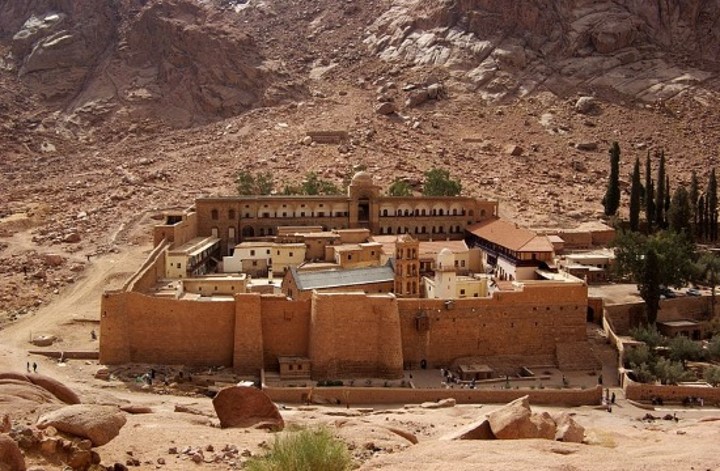
* * *
Phoenicians and Cypriots in the North? Objects, People and Networks in the Northern Aegean Area in the Geometric and Archaic Periods
by
Dr. Petya Ilieva
Bulgarian Academy of Sciencies, Institute of Balkan Studies
on
Thursday, June 10, 2021
at 1 pm New York (EST), 6 pm London, UK (GMT), 8 pm Sofia, Bulgaria (EET)

* * *
A Microcosm of Roman Thrace’s Metropolis: Formative Urban Interactions in the Theater at Philippopolis
by
Dr. Matthew Shueller,
Department of Classical Studies, The University of North Carolina at Greensboro (April 2021)

* * *
Past and Present Studies of the Submerged Mesambria, Present-day Nessebar, a UNESCO World Heritage Site
by
Dr. Nayden Prahov,
Director of the Center for Underwater Archaeology in Sozopol, Bulgaria &
Founding Member of the Balkan Heritage Foundation (March 2021)
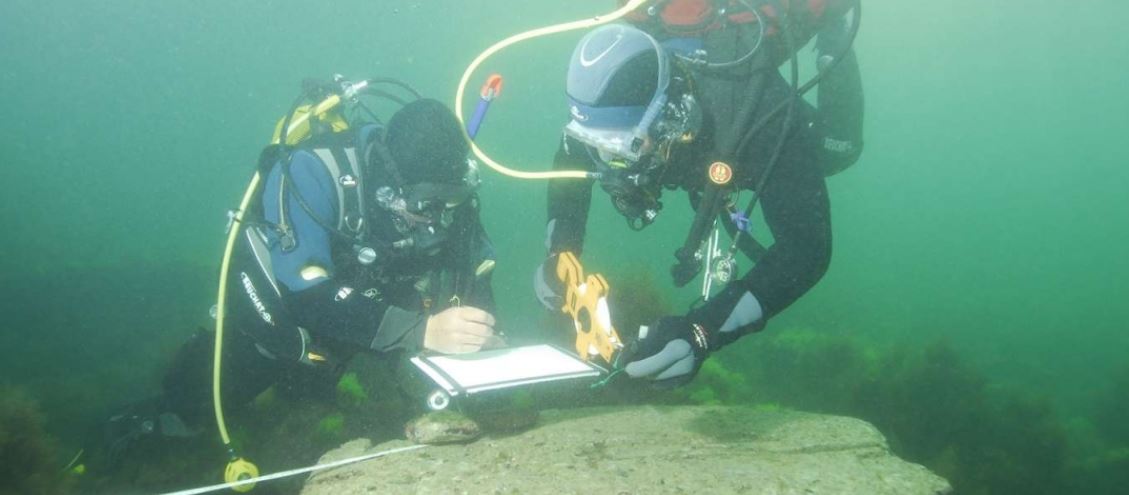
* * *
Early Byzantine Monastery on the Western Black Sea Coast near the City of Odessos (Varna, Bulgaria)
by
Dr. Vassil Tenekedjiev,
Balkan Heritage Foundation Branch Manager - Varna, Assistant professor at the Department of Archaeology, Varna Regional Museum of History (March 2021)
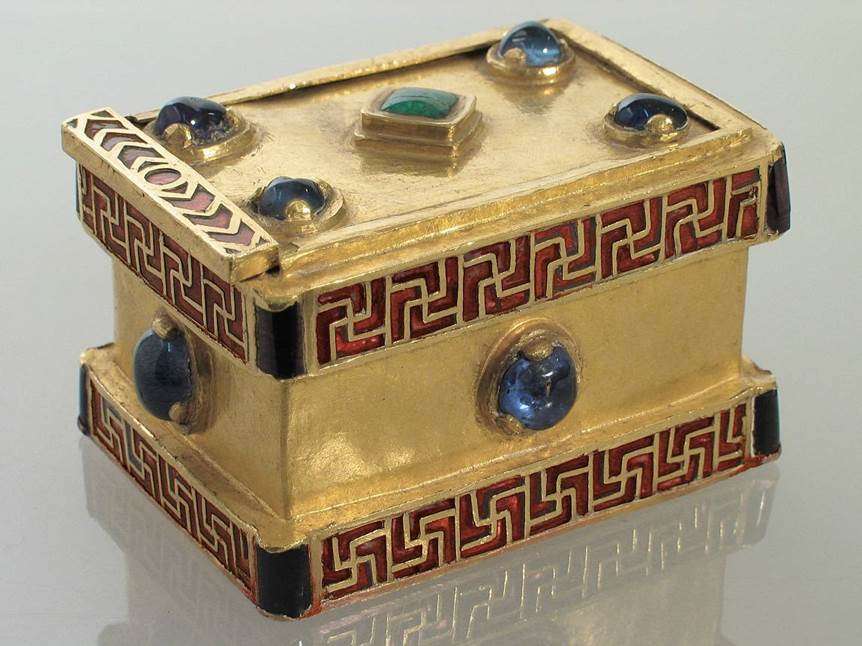
* * *
Recent research on the transitional Middle to Upper Paleolithic period in North Bulgaria: the earliest modern Homo sapiens from Bacho Kiro Cave in comparison with the data from Kozarnika and Temnata caves
by
Dr. Tsenka Tsanova,
Department of Human Evolution Max Planck Institute for Evolutionary Anthropology, Leipzig (March 2021)
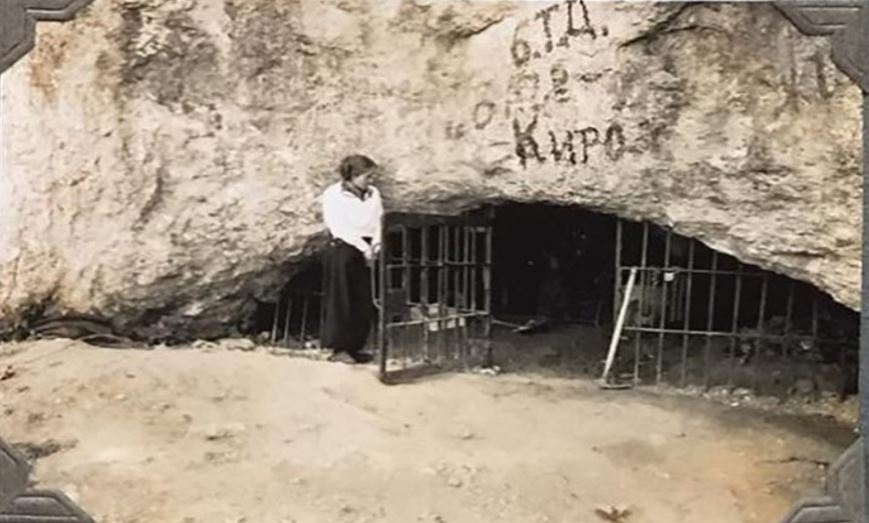
* * *
Trypillia megasites from the 4th millennium BCE in the Ukrainian forest steppe. Can a single site tell us something about early urbanism?
by
Dr. Bisserka Gaydarska,
Durham / NBU (Feb 2021)
